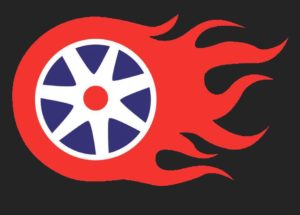Have you ever tried to order an Uber during peak times and paid extra because of the surge price? Uber’s explanation to surge price is that when a lot of people order an Uber from a particular area, Uber applies surge pricing to incentivize drivers to be available and pick up customers from that spot.
Well, that’s half the truth.
Even though the surge pricing is based on the concept of demand and supply, it turns out there is more to it.
According to Uber’s head of economic research, Keith Chen, “One of the strongest predictors of whether or not you are going to be sensitive to surge—in other words, whether or not you are going to kind of say, oh, I’ll give it a 10 to 15 minutes to see if surge goes away—is how much battery you have left on your cell phone.”
So that means that Uber through its App’s AI and data collection features know that how much battery you have available and whether or not you will be willing to pay a higher price to get a ride or just wait for the prices to go low instead. Obviously, you are more likely to accept the fare, regardless of the price if your phone is going to die soon and you need to get home.
Uber calls this system Dynamic Pricing. It uses algorithms that sets price based on your location, time of day, traffic and even your ride history with Uber.
-
Performance - /10
0/10
-
Driving Pleasure - /10
0/10
-
Look and Style - /10
0/10
-
Fuel Economy - /10
0/10
-
Value for Money - /10
0/10



